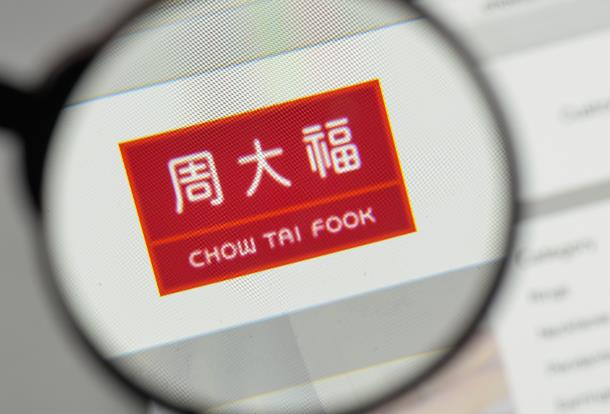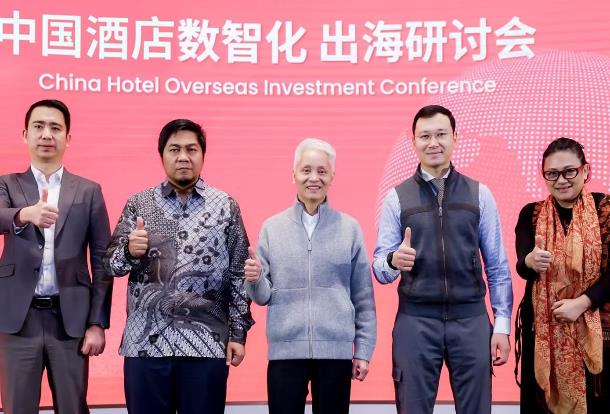According to a newly released Development Report of China’s Lodging Industry 2018, lodging properties eligible for official star-rating must have at least 15 rooms to be defined as hotels. Facilities with fewer rooms will be categorized as alternative accommodation businesses.
By the end of 2017, China had registered 457,834 accommodation facilities providing 16,770,394 guest rooms. Among them, there were 317,476 hotels offering 15,480,813 rooms, accounting for 69% and 92% in terms of the total number of accommodations and rooms. Alternative accommodations totaled 140,358, offering 1,289,581 rooms, accounting for 31% and 8% of the total respectively.

In terms of hotel rating, 277,000 were economy (two-star and below), 23,000 mid-end (three-star), 12,000 upscale (four-star) and 4,000 luxury (five star), representing 87.3%, 7.5%, 3.9% and 1.4% respectively of the total hotel supply. This show that the bulk of the hotels in China was in the budget range.
In terms of hotel rooms, 10.39 million rooms were of economy grade, 2.14 million of mid-range, 1.81 million of high-end, and 1.14 million of luxury grade, accounting for 67%, 14%, 12%, and 7% of the total hotel room supply respectively.
Beijing and Shanghai had hotels of the largest scales, compared to other cities, with an average of 74 rooms per hotel.
Across the nation, some 140,000 alternative accommodation facilities offered a total of 1.29 million rooms, which averaged nine rooms each lodging unit.




